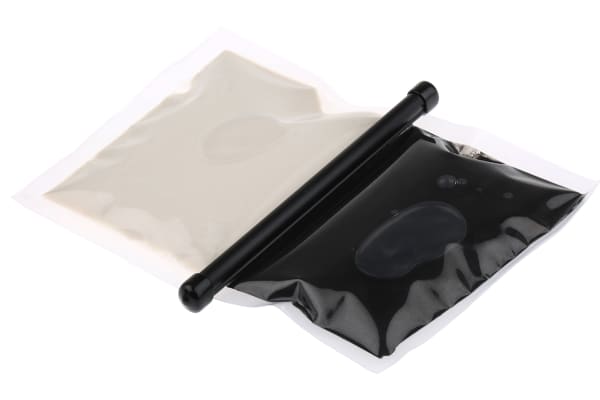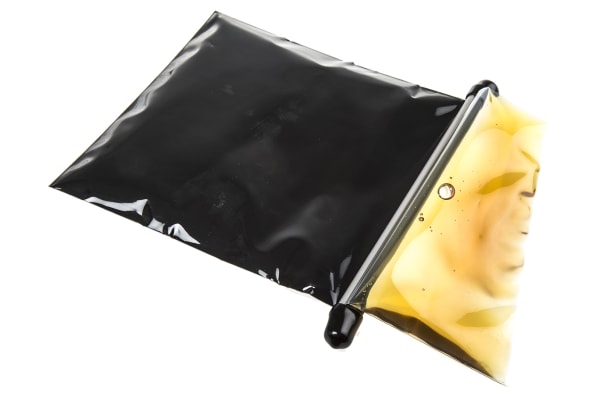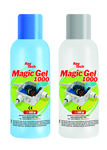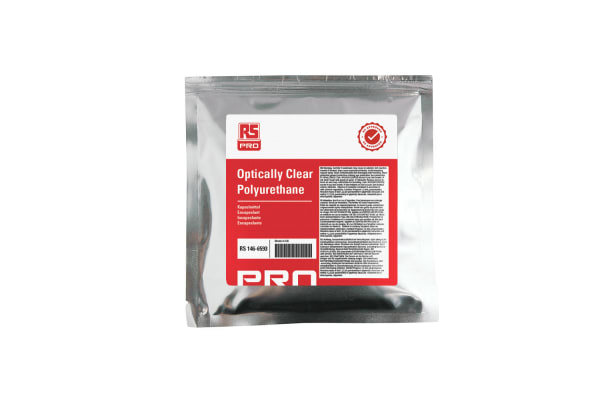Potting Compounds
Potting compounds are a general-purpose types of sealant that can offer environmental, mechanical and physical protection to circuit boards and electronic assemblies. Used in electronics, potting is a process of filling a complete electronic assembly with a solid or gelatinous compound. The potting compound, once applied, cured and hardened encases your electronics in a solid mass providing a barrier which provides protection from moisture, vibration, thermal or physical shock and general contamination. The mechanical protection enables the components to maintain high performance under extreme conditions. Thermosetting plastics or silicone rubber gels are often used.Types of compoundsEpoxy Potting Compounds – Epoxy potting compounds generally perform as a better adhesive, high temperature resistance, and chemical resistance. Epoxy systems have better adhesion to a wide variety of substrates and typically do not need primers. They are easy to use and are predictable. They have good high temperature resistance up to 400°F.Urethane Potting Compounds – Urethane potting compounds generally have better flexibility, elongation, and abrasion resistance. Since they can have Tg below -40°C they are an excellent selection for SMT PC board potting. Their gel time can be easily changed with an accelerator without changing the properties.Silicone Potting Compounds – Silicone potting compounds and encapsulating materials are also soft, flexible, and have better elongation. Silicone materials also provide the widest operating temperatures. Specially formulated silicone potting compounds can operate at below -100°C and most silicone materials can handle 200°C temperatures.Acrylic Potting Compounds – Acrylic potting compounds are UV and heat hardening materials. They benefit from very fast hardening, adequate chemical resistance and are clear in appearance.Applications of Potting CompoundsPotting compounds are used in a range of applications such as;MilitaryIndustrialAutomotive industryPCB’sCoils
-
Acc Silicones 740010360 White Silicone Potting Compound 310 ml
IDR620,739.02 -
-32.50%
Acc Silicones QSIL-553 Grey Silicone Potting Compound 250 g
IDR1,156,097.58IDR871,006.56 -
Electrolube UR5097RP250G Black PUR Potting Compound 250 g
IDR475,256.59 -
Raytech M agic-Gel Gel Potting Compound 1000 g
IDR2,326,460.20 -
Raytech Magic-rubber Rubber Potting Compound 500 g
IDR1,498,878.10 -
Raytech WONDER-F280 Green Silicone Potting Compound 280 ml
IDR567,245.12 -
RS PRO Transparent PUR Potting Compound 250 g
IDR417,776.87









